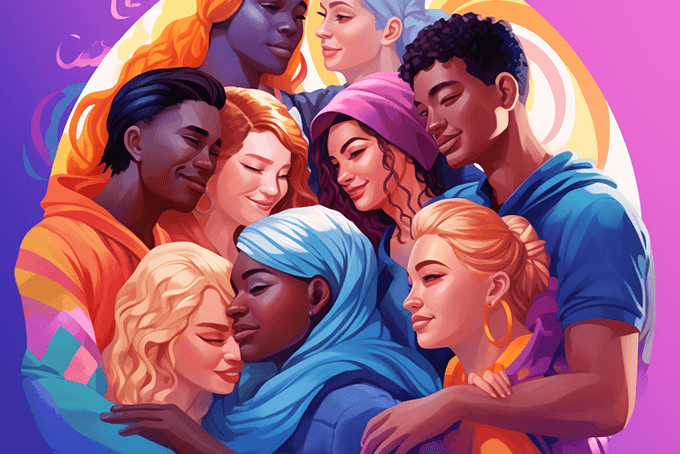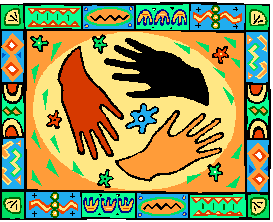Definition
Multiculturalism is based on the belief that varying cultural dynamics are the fourth force–along with the psychodynamic, behavioral, and humanistic forces–explaining human behavior. Since the ability to recognize our own and others’ cultural lenses is essential to all learning, it must be taught, along with communication and thinking skills, as prerequisites to learning.
Basic Elements
The National Council for Social Studies, in its Curriculum Guidelines for Multicultural Education, lists the key functions of multicultural education as:
- Providing students with a sharp sense of self
- Helping students understand the experience of ethnic and cultural groups in history
- Helping students understand that conflict between ideals and reality exist in every human society
- Helping students develop decision-making, social participation, and citizenship skills
- Achieving full literacy in at least two languages
“Multicultural” is broadly understood to include experiences shaping perceptions common to age, gender, religion, socio-economic status, and exceptionality of any kind, as well as cultural, linguistic, and racial identities.
This controversial approach has stirred passionate critics, who contend that it aims to replace “Eurocentrism” with “othercentrisms.” Critics also allege that multiculturalism hinders the assimilation of various cultures into America’s greatest hallmark: the melting pot.
Please visit these Funderstanding posts for more specifics about multiculturalism;
Reading
Multicultural Education: Issues and Perspectives, Banks, J.A. and Banks, C.M. (Eds). Boston: Allyn & Bacon.
National Council on Social Studies Task Force on Ethnic Studies Curriculum Guidelines (1992). “Curriculum Guidelines for Multicultural Education,” Social Education, Volume 5, 274-292.

